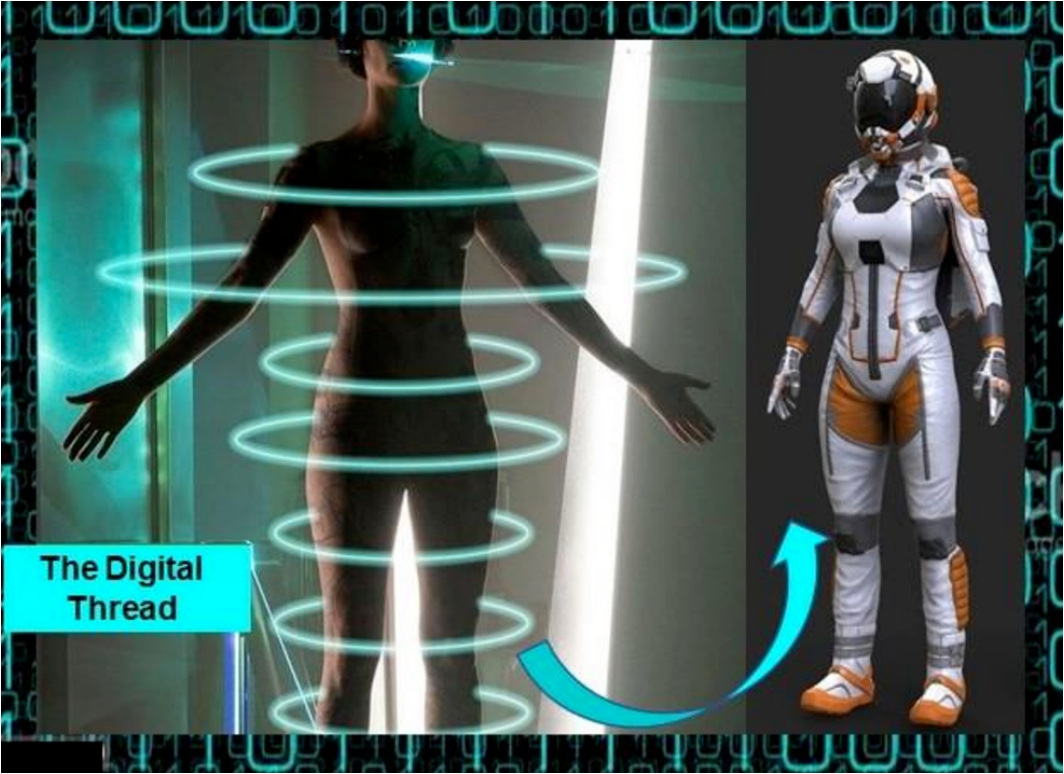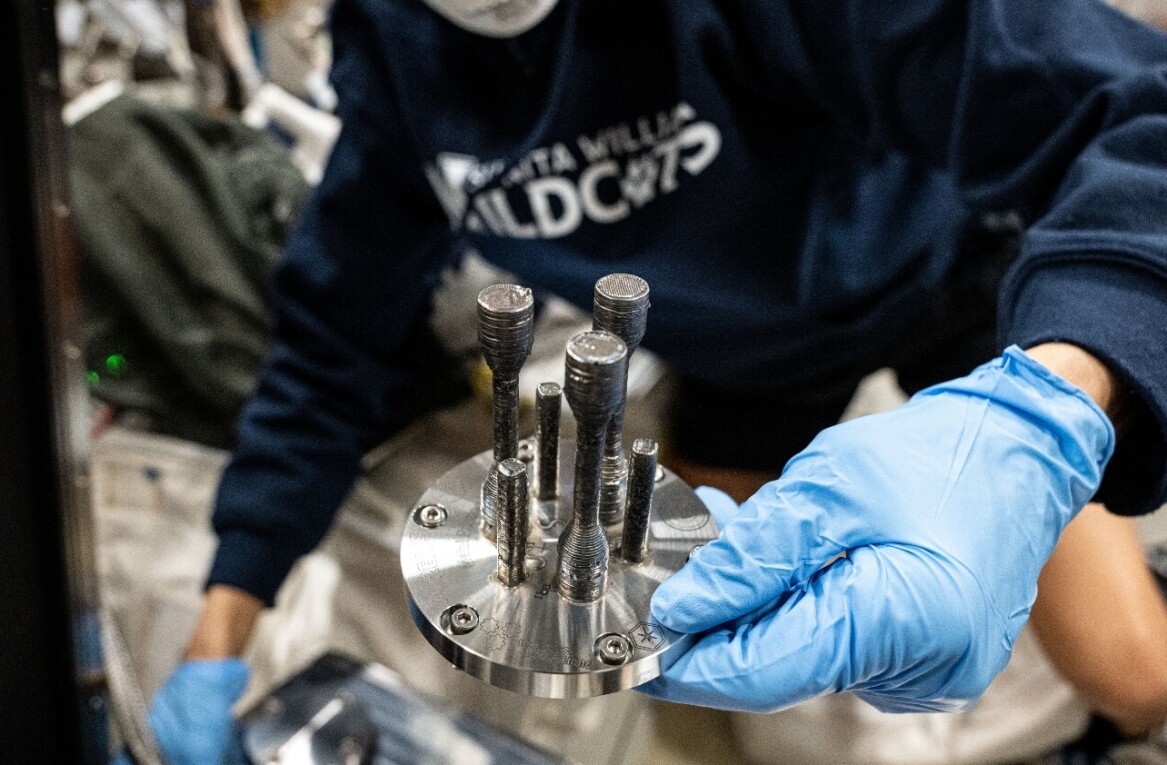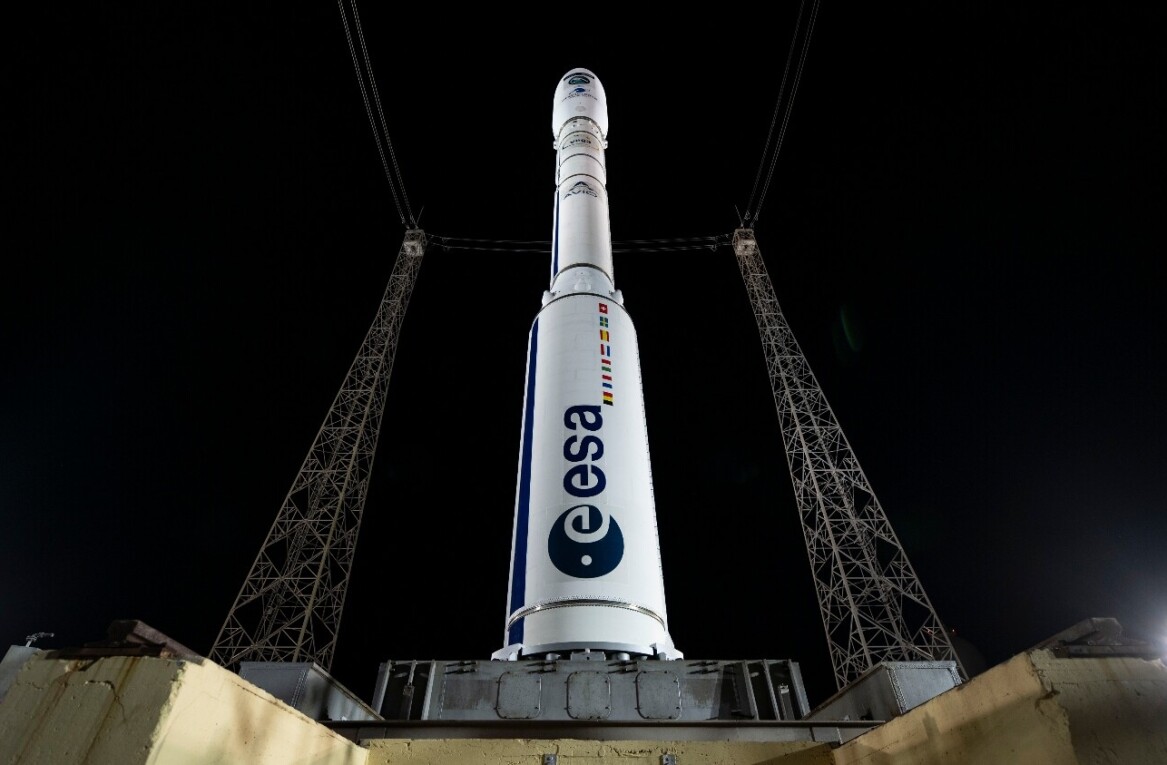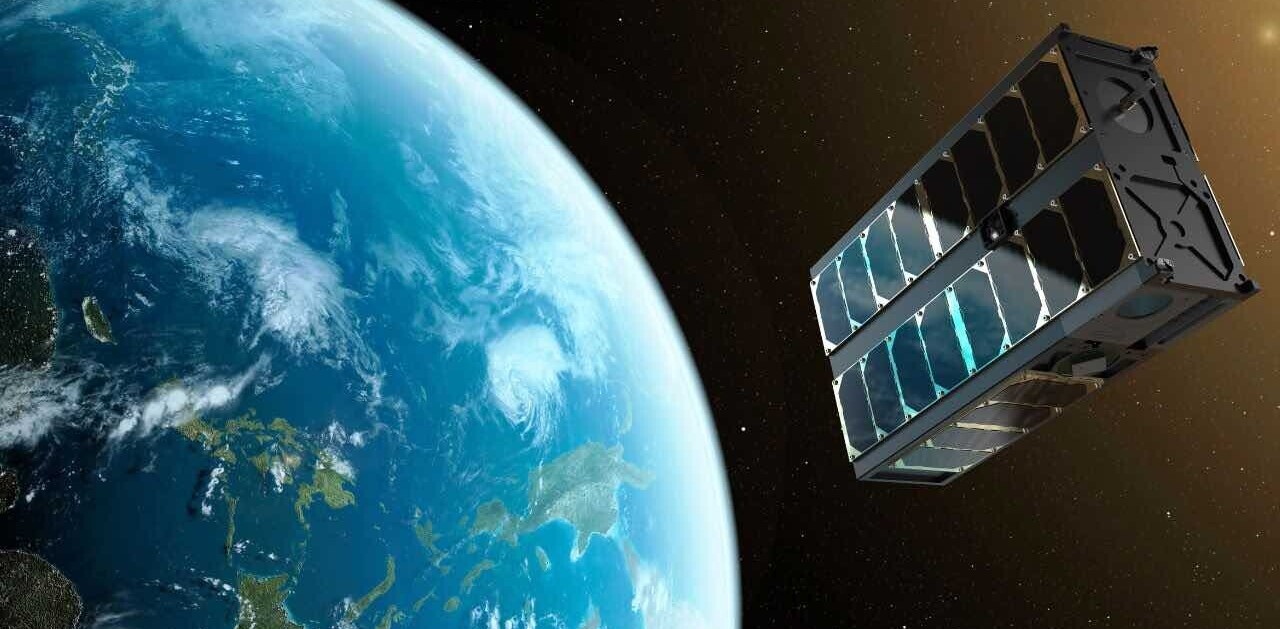
In March 2019, NASA had to postpone the first all-female spacewalk due to an unexpected snag: a shortage of medium-sized spacesuits.
The milestone was pushed back after astronaut Anne McClain realized she needed a smaller configuration than originally planned.
While the spacesuit had swappable parts, replacing the necessary piece could have taken up to 12 hours. On McClain’s recommendation, NASA switched the spacewalkers to avoid delaying the mission.
The move was rational, but it put the spotlight on the uniformity of spacesuits. McClain’s outfit was an upgraded version of kit developed in the 1970s, when most astronauts were larger men.
The range of sizes remains limited today because of budgetary constraints. This creates another barrier for female astronauts, who comprise only 11% of the people who have made it into space.
In addition, a good fit on Earth may not be so good in space, as microgravity can make you taller.
NASA is currently developing spacesuits for a wider range of body sizes. But the agency is also investigating a more experimental system for finding the perfect fit: a body scanner that manufactures custom spacesuits.

The concept is the brainchild of Bonnie Dunbar, Professor of Aerospace Engineering Engineering at Texas A&M University.
The former astronaut envisions using digital scans to analyze an astronaut’s physique. The data would then be used to robotically produce a personalized spacesuit “for Mars and beyond.”
Dunbar believes the system could rapidly produce space suits that suit each individual crew member in any gravitational environment. It also has the potential to manufacture, modify, and repair the attire during deep-space travel.
NASA has selected the proposal for the Innovative Advanced Concepts (NIAC) program, which funds early-stage concepts that could change the future.
The new slate of grants will provide a total of $5.1 million to 17 researchers from nine states in the US.
“We look for things that really are different… if it’s an evolutionary change, we’re not so interested,” Ron Turner, senior science advisor for NIAC, told TNW.
That search has led NASA down unconventional paths. The program’s other recent picks include a football field-size “starshade” in space and an inflatable drone that studies conditions on Venus.
NIAC studies have inspired recent missions — including the design for the Ingenuity Mars helicopter — but even the concepts that don’t make it out of testing can inform future research.
If the spacesuit system works out, it has the potential to open up the cosmos to people of all shapes and sizes — which could prove useful for space tourists.
Get the TNW newsletter
Get the most important tech news in your inbox each week.




